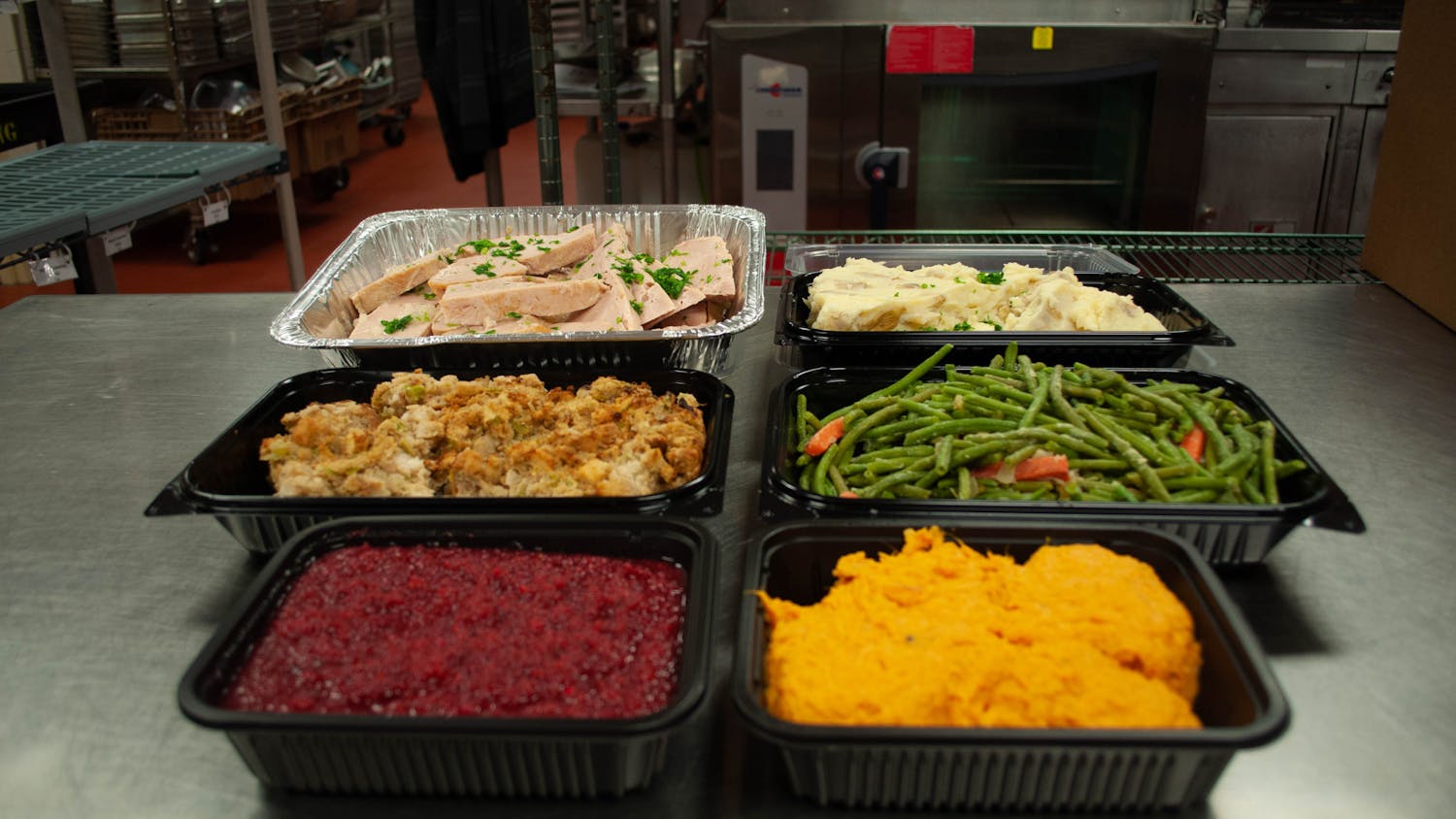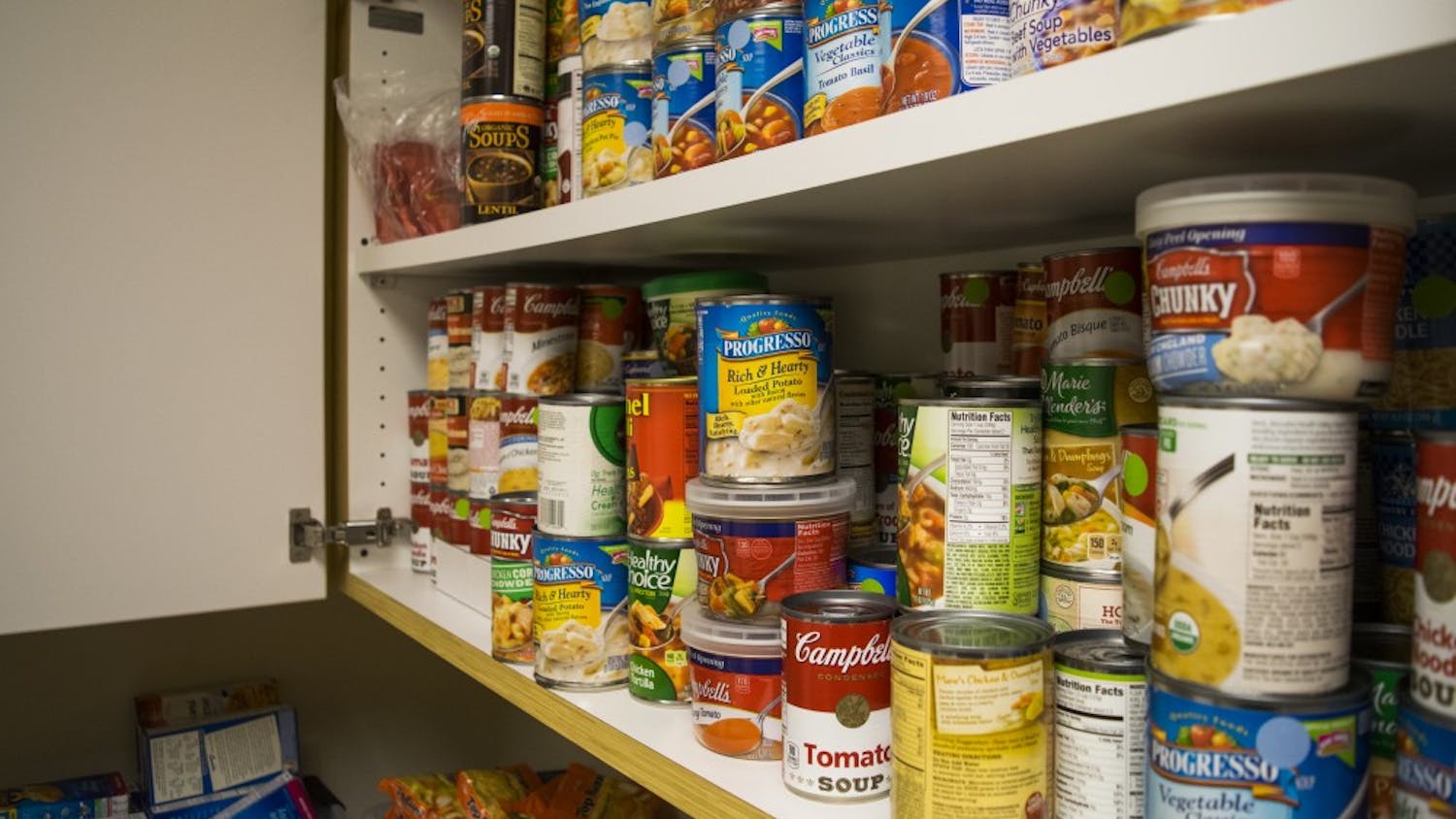Strapped into the driver's seat, the glare from the mid-day sun shining off the asphalt is almost unbearable. The helmet seems tight, as condensation from breathing forms on the inside of the visor.
After a click of the ignition and a push of the pedal to the floor, there is an overpowering feeling of calmness. With a shift into first and a drop of the clutch, that feeling is quickly swept away as your head snaps back due to the force.
Within three seconds the car is up to 60 miles per hour, until the first turn results in a violent crash on the brake.
This is not NASCAR, stock-car racing or even speeding in a Ferrari down a country road.
This is Wisconsin Formula SAE Racing.
It's an adrenaline rush,"" suspension leader and driver Alex Scheuerell said. ""You are so close to the ground and everything seems so fast, and you just have to hold this line between a row of cones.""
Formula SAE (Society of Automotive Engineers) is an international collegiate design competition that focuses on designing, manufacturing and testing of a small formula-style open-wheel racecar.
The team at Wisconsin has a rich tradition that spans over two decades. Getting its start in 1986, Formula SAE has steadily risen at UW-Madison.
""It's been over 20 years that the team has been around the university, but we were never a big contender until around 2000 when we started being a top 10 team in the country,"" co-team leader Juan Gonzalez said. ""It took that long to get a team going, once we had an organization going that was able to pass on information and experience ... that's when we started pulling down the top 10 finishes.""
Top 10 finishes have become a staple of Wisconsin Racing, as five of the last seven years have seen the team finish in the top five at the annual Formula SAE competition in Detroit, the largest competition series in the world - it usually draws upward of 250 teams. In 2007, the team won first place, and brought home the coveted Niel Schilke SAE Foundation Cup - the first in UW history.
Each year the team takes a design concept and turns it into reality in less than nine months, an impressive feat considering Wisconsin Racing is simply a student organization. Formula SAE is broken down into six groups: suspension, drivetrain, powertrain, frame and body, electrical and business.
While all six groups have their own tasks and jobs individually, the necessity for overall teamwork is extremely important.
For instance, while the main job of the suspension is to allow the racecar to handle anything thrown at it and keep all four tires on the ground, the frame of the car must also be flexible, allowing it to absorb some of the force against the car.
""The goals for every year are to have a faster car, a lighter car and a more reliable car,"" Gonzalez said.
New technologies helped reach these goals, as well as modifications that the team has done itself. A Computer Numerically Controlled machine allows Wisconsin to minimize weight by being able to cut pieces within thousandths of an inch - about 30 times thinner than a strand of human hair - of their desired dimension.
Material upgrades have also played a key role, as parts that two years ago were made out of aluminum are now made out of carbon fiber, greatly reducing the weight - sometimes by more than half.
Another modification has been the introduction of E-85 gas by the United Wisconsin Grain Producers.
""We love the environment,"" powertrain leader Gianluca Mantovano said. By doing some things with the properties of ethanol, Mantovano and the team have been able to increase the engine's efficiency.
This amount of precision and attention to detail is staggering - yet necessary - in order to compete against the world's top engineers. During competition last year in Germany, a brake bleeder screw came loose, causing an engine failure during the endurance test. Considering there are thousands of screws on the racecar, it is imperative for everything to be perfect at competition.
""Everything is built to be as light as possible and still stand up to rigorous car conditions. It's basically balls-to-the-wall all the time,"" Scheuerell said.
For the racing team, the idea of ""balls-to-the-wall"" is quickly approaching. The team has until Feb. 22 to have a driving car, which will result in a lot of long hours in the shop for many full-time students.
""This is not like a traditional student org,"" co-team leader Steve Faulkner said. ""This is not [a] show up to a meeting once or twice a month and you are on it. This is a full-time commitment.""
However, while Feb. 22 is a crucial date during preparation, May 17 is the date that matters. That's when the team will head back to Detroit and attempt to defend their World Championship crown.
""It's all about execution. It's all about your ability to go to competition and ... execute these things to the maximum potential,"" Faulkner said. ""That's what we prepare the entire year for.""
Competition is broken down into two categories: Static and Dynamic. Static events include cost analysis, business presentation and engineering design. Dynamic events consist of acceleration, skid-pad, autocross, fuel economy and the endurance track.
The endurance test is most crucial in terms of points - it accounts for 35 percent of a team's score - and is the hardest on the drivers.
The amount of force put on the car is enough, let alone the driver. During the endurance test drivers take turns racing around a tight track, consisting of turn after turn - some as big as 180 degrees - as fast as possible.
The amount of force on the driver during a turn is around 1.8 Gs. This means that a 180-pound man will feel a force of 250 pounds pushing into his side during any given turn.
""Everything [at competition] is taken to the absolute maximum,"" Gonzalez said.
In the end, a strong endurance test will undoubtedly result in a high finish. Last year, the team finished second in the endurance test, and with high places in many other events, sped away with the World Championship.
However, the World Championship is just icing on the cake, as Wisconsin Racing members acquire skills and experience that no textbook could ever teach.
""When I first joined the team, the things I was learning here in one night took me six months in class,"" Faulkner said. ""You can't really get that hands-on experience somewhere else.""
It is those skills that have resulted in at least one championship, and considering the way things are going, UW should expect more very soon.






